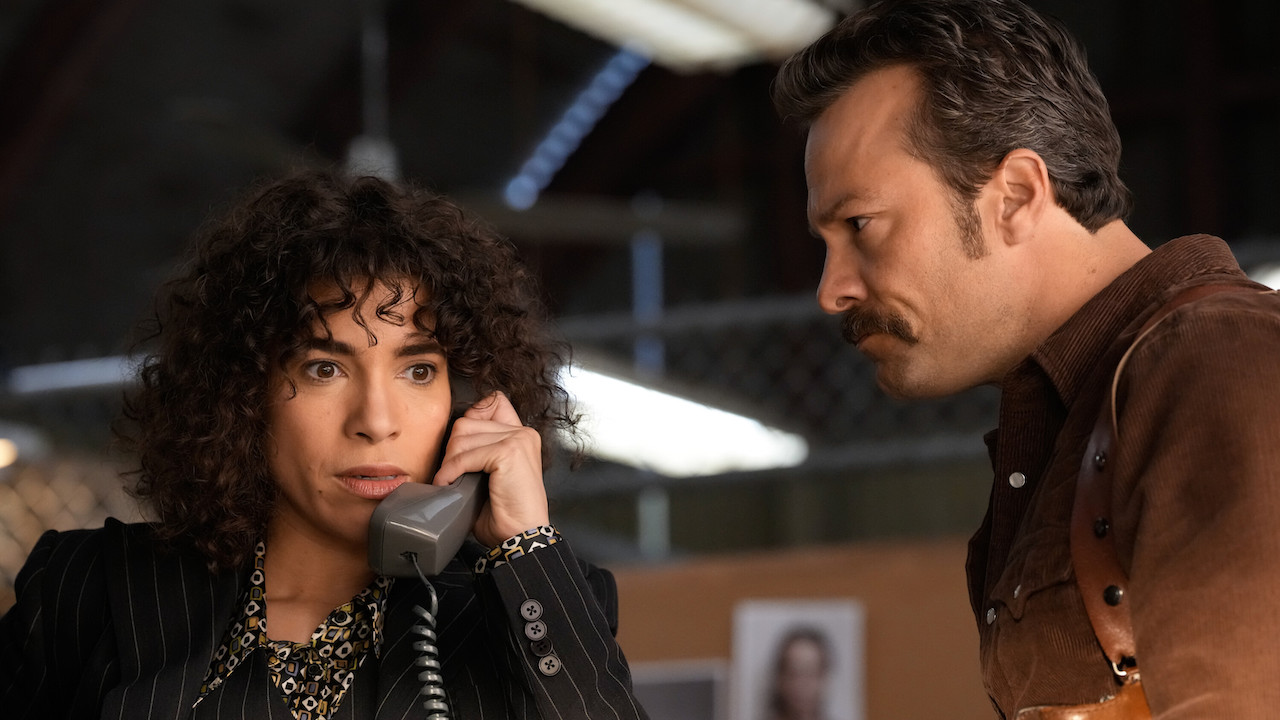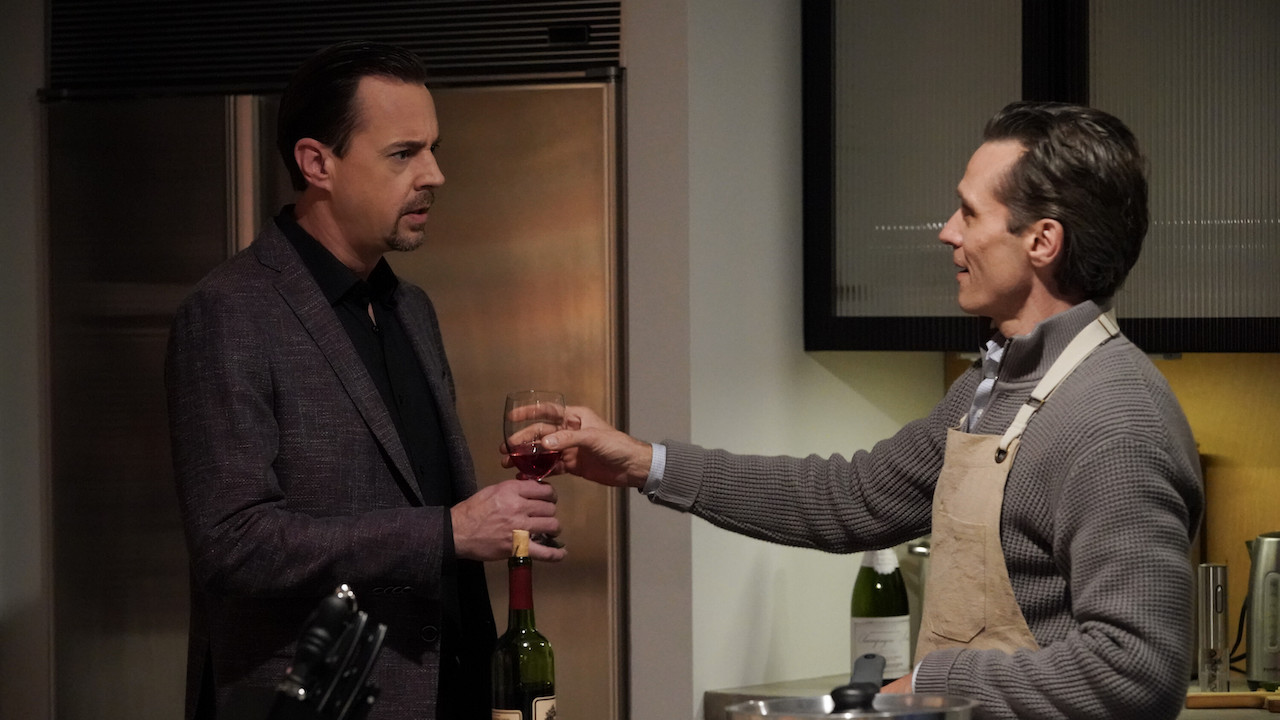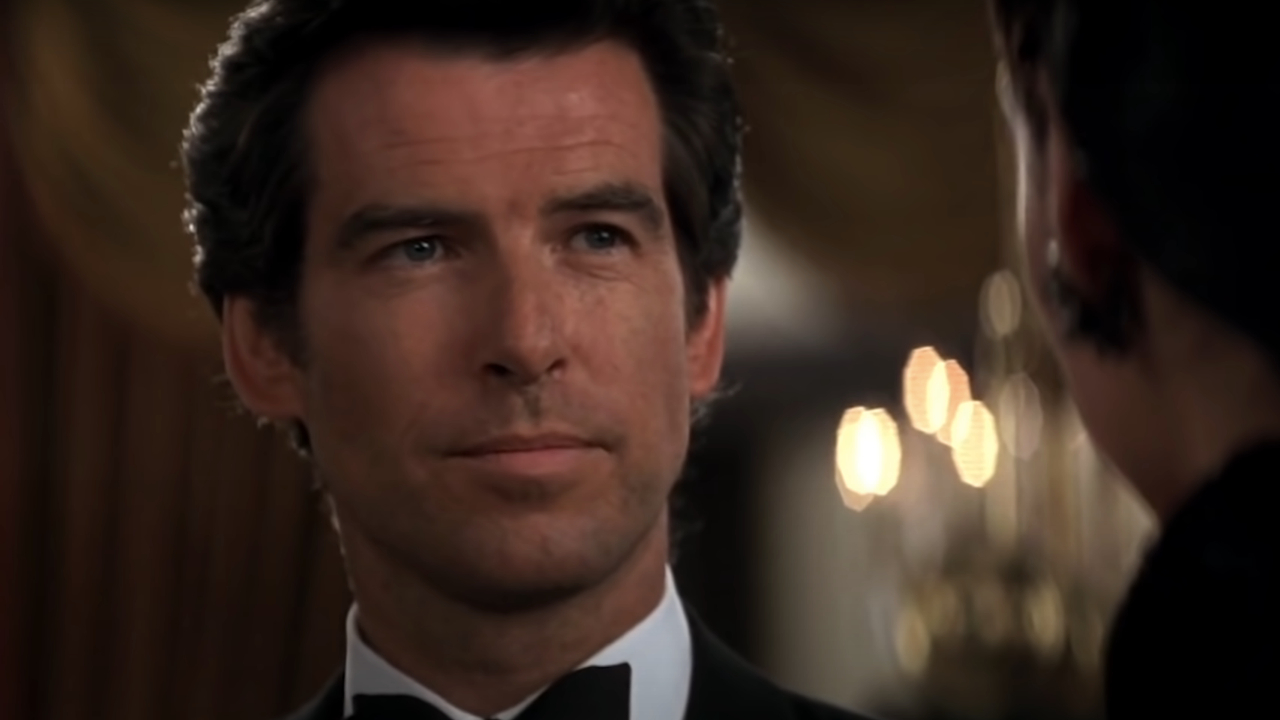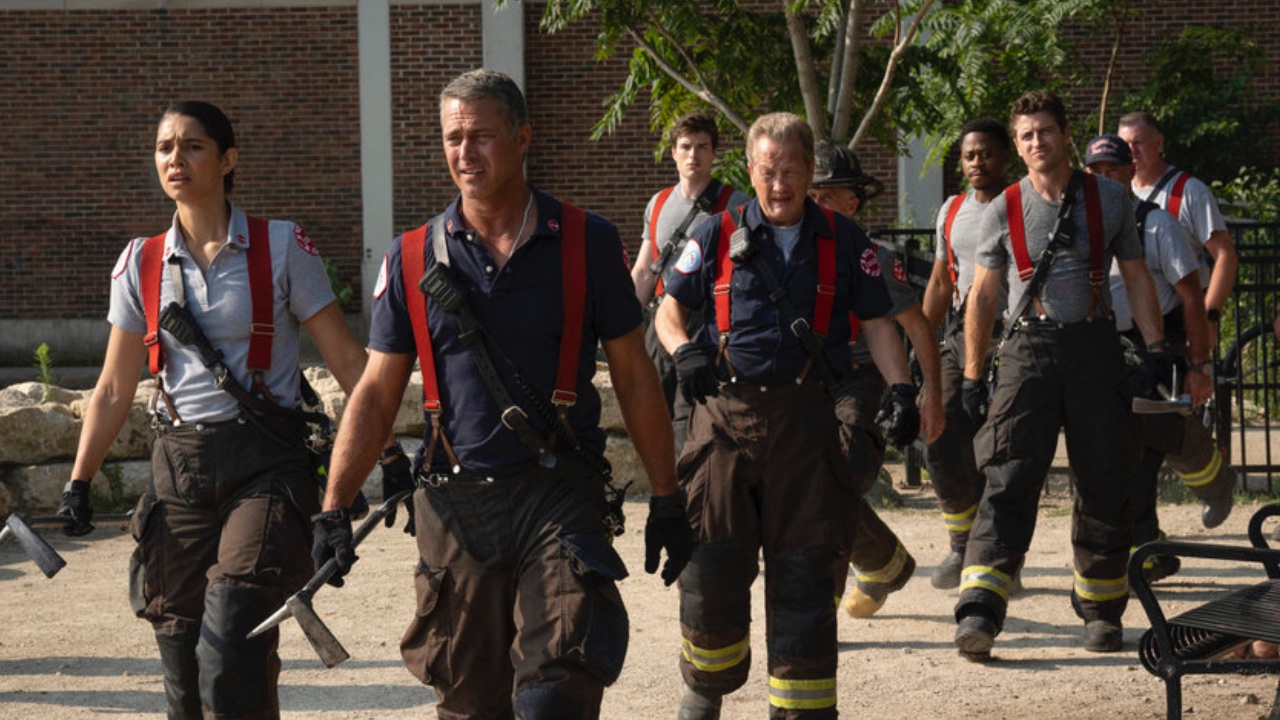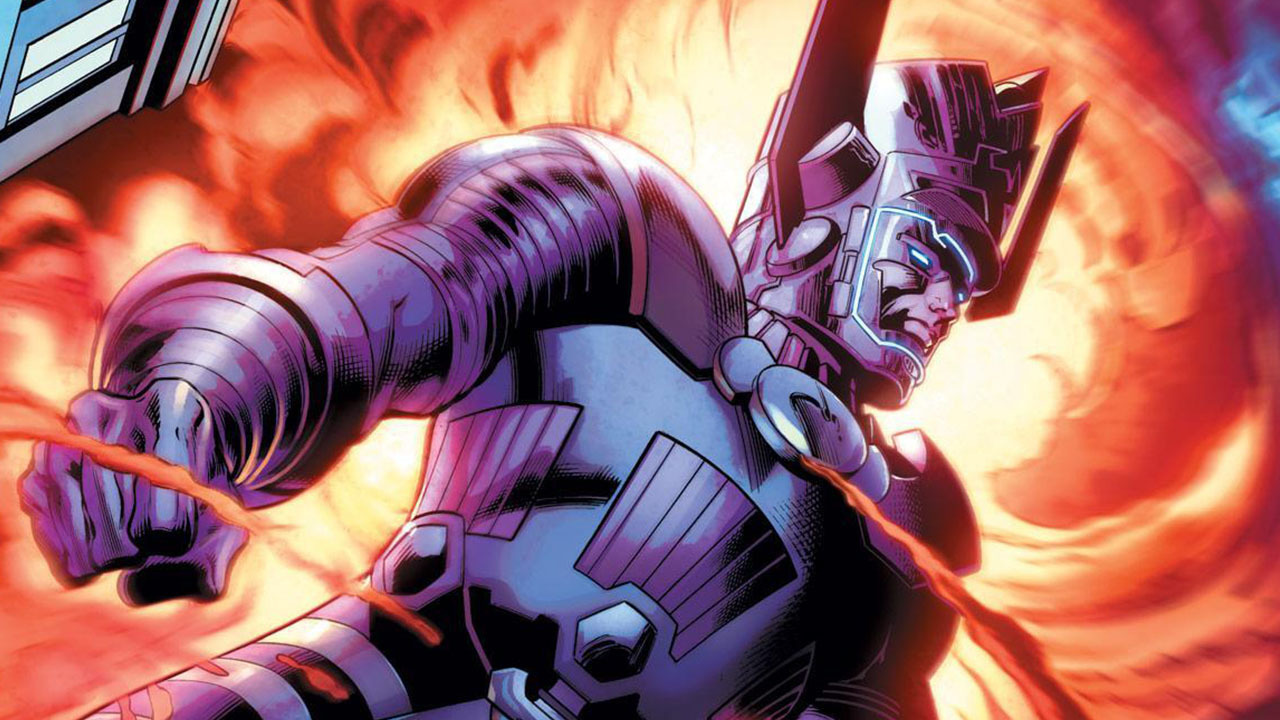Adapting Stephen King's Children Of The Corn: Reflecting On He Who Walks Behind The Rows In The 1984 Movie
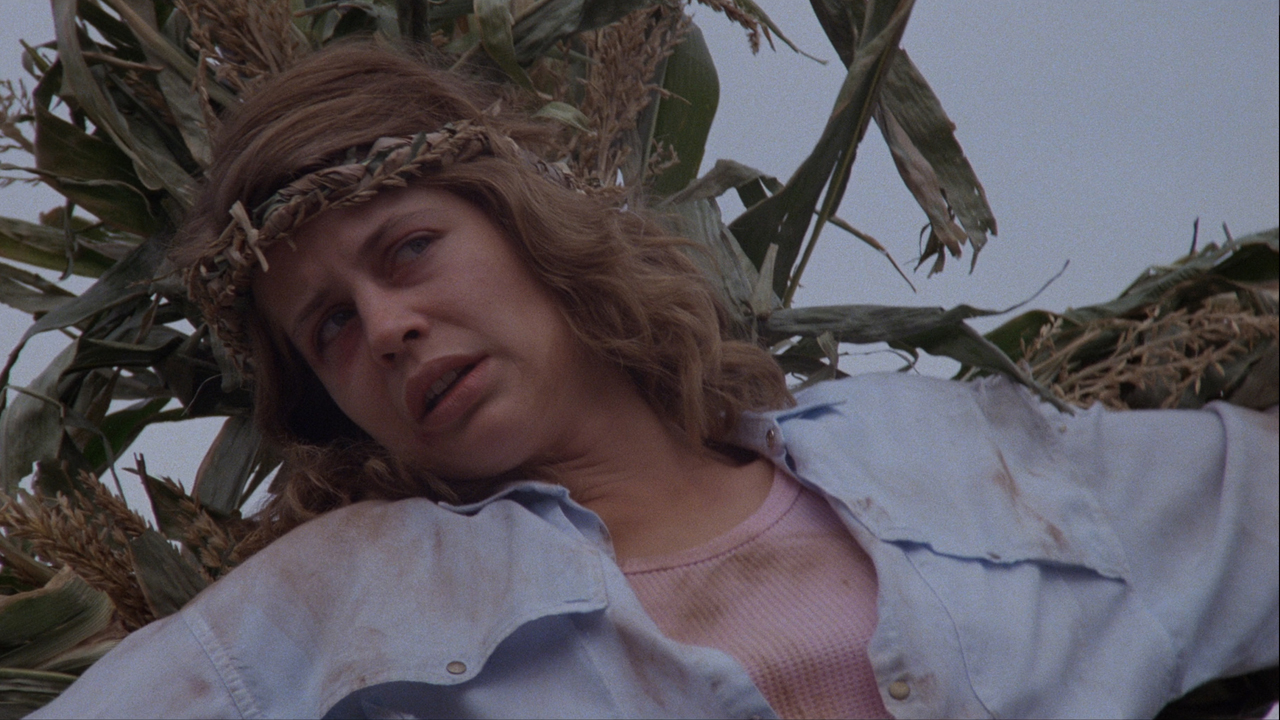
Stephen King is widely recognized as one of the most prolific authors of the modern era, and what only makes his body of work more impressive is the variety of mediums he regularly explores. He hasn’t just written over 60 novels in his career, but also numerous novellas, movie scripts, teleplays, and short stories. Going back to the late 1970s, 11 different collections of his writings have been assembled – and it was in the very first, Night Shift, that many readers were introduced to the quick and sinister Children Of The Corn.
The short story was originally a magazine submission, published in the March 1977 issue of Penthouse – but it was following its inclusion in 1978’s Night Shift that most people had the chance to experience its terror. According to George Beahm’s The Stephen King Companion, all but one of the tales included in that book have been optioned for film adaptations, but it was the one about a strange little town in Nebraska that made it to the big screen first.
Fritz Kiersch's Children Of The Corn has developed a cult following since it first hit theaters in March 1984, famously inspiring a great number of sequels, but how does it hold up when examined through the lens of the original short story and the legacy of King on the big screen? That’s the central focus of this week’s Adapting Stephen King column.
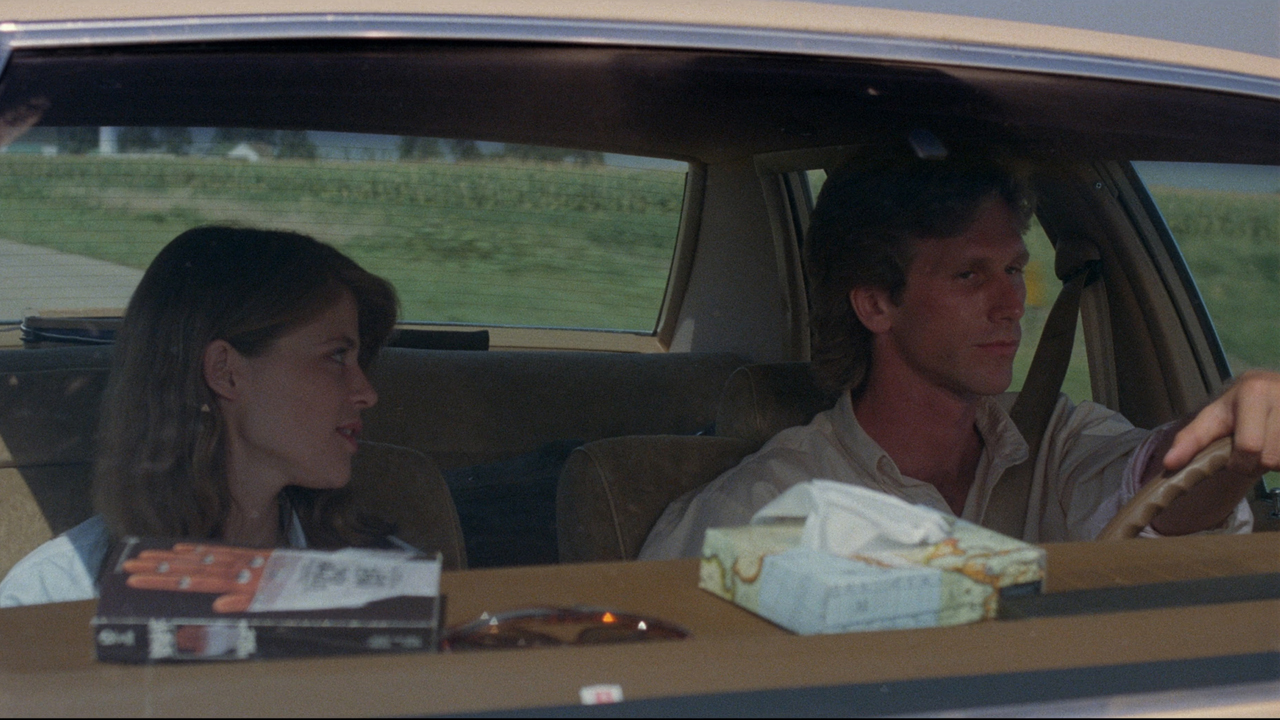
What Children Of The Corn Is About
Speaking as someone who, like Stephen King, originally hails from the Northeastern United States, there is an unsettling quality to the vast expanses of the American Midwest. If you’re used to seeing people everywhere you look living in an urban or suburban environment, it’s disquieting to be able to look out for miles across exceptionally flat land and just see… nothing.
This disconcerting isolation is just the start of the terror for married couple Burt and Vicky, who begin Children Of The Corn on a road trip from Boston to Vicky’s brother’s home in California – the hope being that the vacation may help their bickering-plagued relationship. While they fight in the car driving through Nebraska, Burt is momentarily distracted and the vehicle strikes a child in the street. Their first concern is the potential manslaughter charge they will face, but that fear evolves when it’s discovered that the dead kid’s throat was slit prior to the impact.
Bringing the body into the car, the couple makes the decision to take it to the next town, which the map tells them is a place called Gatlin. Upon their arrival they are shocked that they cannot find a single person around to help them, and so Burt goes into the local church to investigate. What he discovers is that the children of the village rose up and killed all of the adults 12 years prior, and that sacrifices are made when a member of the community turns 19.
Things only get worse when the couple learns that they are not alone, the children discovering their presence, and they become the latest human sacrifices to He Who Walks Behind The Rows – a demonic, powerful entity with red, football-sized eyes that has spent years rewarding fealty from the young people of Gatlin with a great harvest of flawless corn.
CINEMABLEND NEWSLETTER
Your Daily Blend of Entertainment News
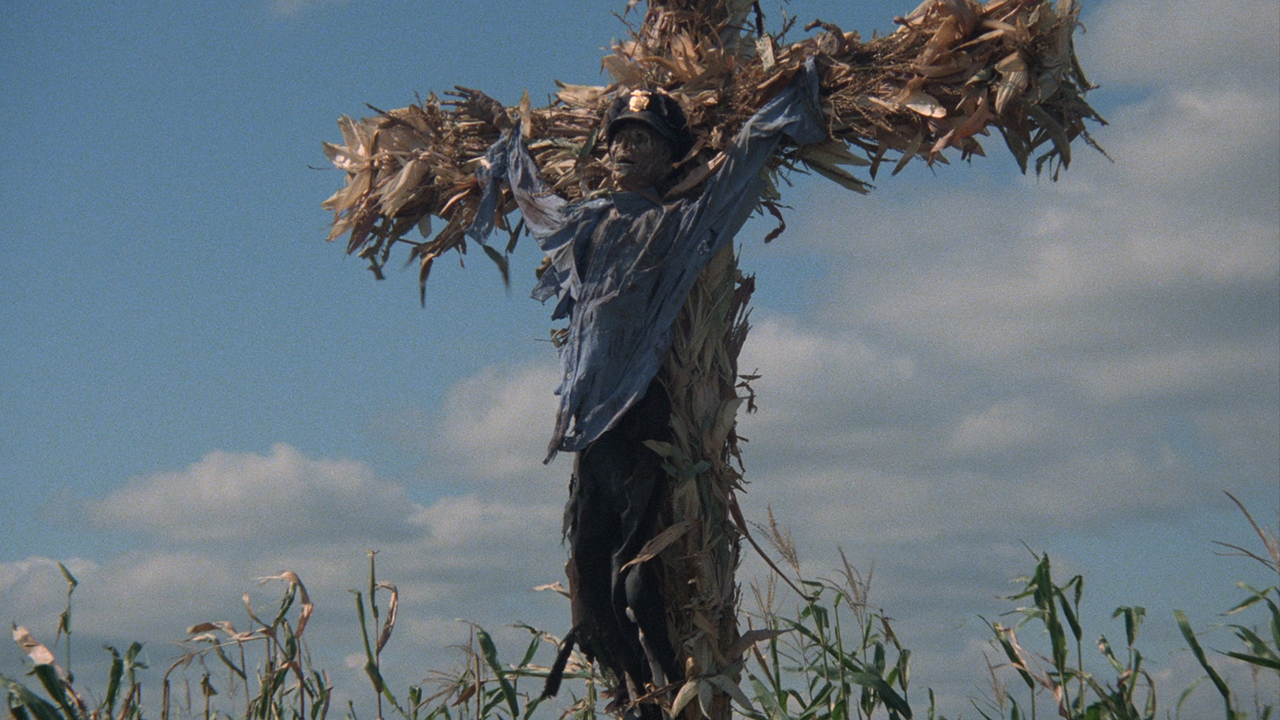
How Fritz Kiersch’s Children Of The Corn Differs From Stephen King’s Short Story
Like with Cujo and The Dead Zone, it was Stephen King himself who was given first crack at bringing Children of the Corn to the big screen, but once again his work was rejected. In the book It Came from the 80s!: Interviews with 124 Cult Filmmakers, screenwriter George Goldsmith said that he was brought on to the project after the author, and he describes King’s draft as “not cinematic at all” – adding that the first 35 pages focused entirely on Burt (Peter Horton) and Vicky (Linda Hamilton) bickering while on the road together. With the story editor at the project’s production company, Hal Roach Studios, also on the line, Goldsmith and the author conducted a contentious phone call that the screenwriter doesn’t remember as being exceptionally civil:
He liked my ideas but Stephen King was Stephen King, and so we had a conference call, the three of us, which Stephen opened up by informing me I did not understand horror and I countered that he did not understand cinema: horror and fiction are internalized, just like his script. Cinema is external: visual, auditory, a more sensory experience.
Hal Roach Studios opted for Goldsmith’s take.
The adaptation of Children Of The Corn changed greatly from that point – not only moving away from Stephen King’s script, but also the source material. This is evident right at the start of the movie, which both features a prologue illustrating what happened to Gatlin, and also introduces young Job (Robby Kiger) and Sarah (Anne Marie McEvoy) as brother and sister protagonists. In the source material, Burt and Vicky ostensibly enter an alien world, but the film provides them with friendly faces/exposition devices shortly after their arrival in the small town.
There are key moments from the short story that are maintained in the film – such as the adults hitting a child in the road; the discovery in the church that sacrifices are made anytime a Gatlin resident reaches their 19th birthday; and Vicky being abducted – but practically everything else is new as a means of expanding Stephen King’s work to be feature length.
Additionally of note is the changed tone of the ending. Rather than walking away victorious with the cornfields covered in flaming gasohol as they do in the movie, both Vicky and Burt are killed in the short story: she is mounted on a crossbar, her eye sockets and mouth filled with corn silk and husks, and he slaughtered by He Who Walks Behind The Rows while trying to escape. As for the villainous Isaac, he both survives and says that the sacrifice of the adults isn’t quite enough to satisfy the evil Gatlin deity – declaring that the age of death be lowered to 18.
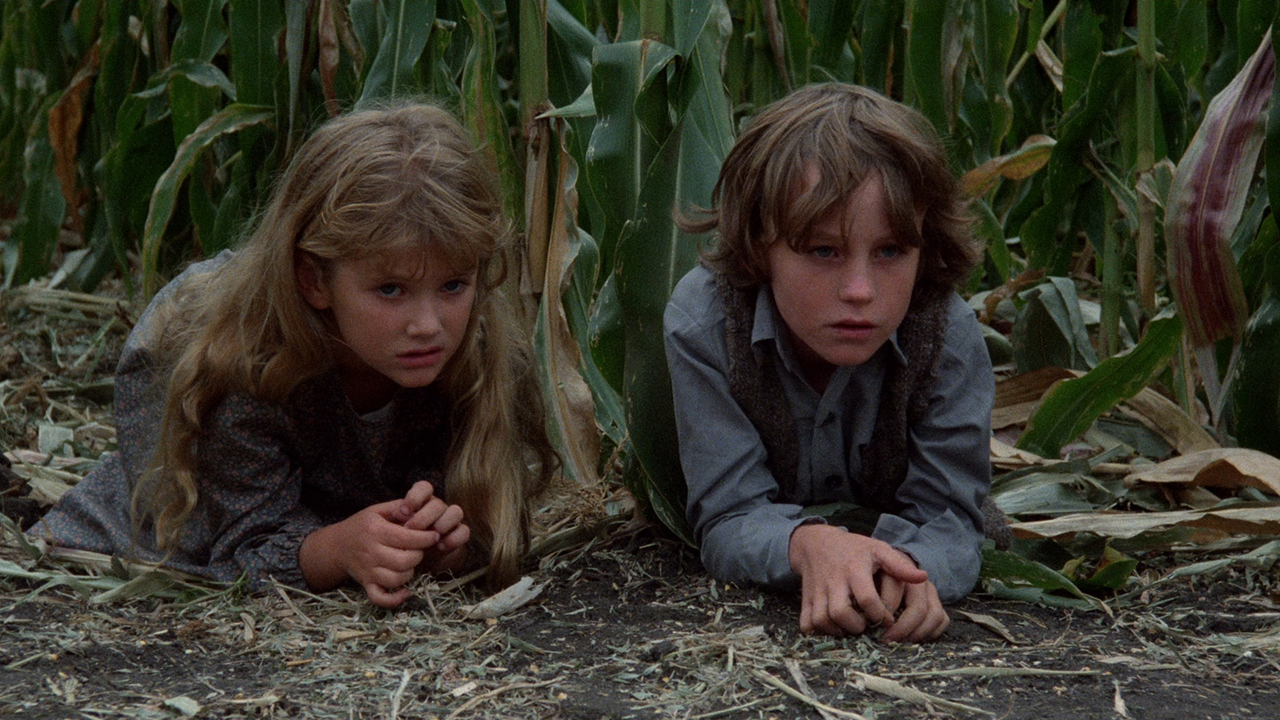
Is It Worthy Of The King?
From 1976 to 1984, Stephen King was on a spectacular hot streak in Hollywood. There is an unending list of authors who have been thoroughly screwed over by the movie industry, but the first eight years of King’s works being adapted resulted in awesome success and the creation of seven classic tales of terror that fans still look back on fondly today (as highlighted by the entire run of this Adapting Stephen King column thus far). Hell, the most “controversial” of the lot is still considered by many to be one of the greatest horror films of all time.
But then Children Of The Corn had to come along and spoil the party.
It isn’t wretched, insulting, or offensive. Linda Hamilton and Peter Horton make engaging leads trapped in a town of horrors, and the opening prologue where all of the adults in town are murdered is gruesome and memorable (and not totally ruined by the terrible voice-over narration). It even sports what could be called a King-worthy vignette in its runtime with the story of the mechanic (R. G. Armstrong) who has struck some kind of deal with He Who Walks Behind The Rows to be spared in return for steering people away from Gatlin. The complements dry up after that, though, as adjectives like “boring,” “cheap-looking,” and “cringe-worthy” are far more appropriate to describe the totality of Children Of The Corn.
I can’t say that I ever feel good about myself when criticizing the work of child actors, but I also know that I can tell the difference between great turns by young performers and a terrible ones, and, boy, is the 1984 film lousy with the latter. The general idea of having a pair of kids as protagonists is a bad one as it manages to undercut the general creepiness of Gatlin’s youths, but adding insult to injury is that they feel like cute escapees from a Disney movie rather than a pair of innocents trapped in a town gripped by violent religious fervor.
The final damning blow is the film’s complete lack of atmosphere, which is the fuel in the engine of Stephen King’s original short story. The movie is too busy to ever give the village a proper feeling of isolation and emptiness, and it’s all action over tension. The endless rows of corn utterly lack the kind of eerie, dominating presence that they get from King’s descriptions, lacking any kind of personality or otherworldliness, and the translation of He Who Walks Behind The Rows is so muddled that it fails to inspire any kind of fear or shock, which he most certainly does in the source material.
It’s certainly possible that the King draft of Children of The Corn wouldn’t have worked either, but when you think about those 35 pages of Burt and Vicky’s banter in the context of Cujo using its first 40 minutes to set up its characters, you have to wonder if the author’s own adaptation could have been vastly superior.
The movie’s legacy in the canon of live-action Stephen King works is also easily one of the most bizarre, as no other title has spawned more original sequels (none of which, I should note, will be examined in this column due to not being true adaptations). It’s a circumstance that even flummoxes the author himself. In the essay that precedes the short story in the 2009 collection Stephen King Goes To The Movies, King writes,
Children of the Corn has generated more awful sequels than any other story in my oeuvre. There's Children of the Corn II, III and IV, at least. Possibly more (I eventually lost count). If my Internet connection weren't down as I write this I'd check and see if there wasn't even a Children of the Corn in Space. I almost think there was. The only one I was really rooting for was Children of the Corn Meet Leprechaun. I wanted to hear that little leprechaun guy shouting, ‘Give me back me corn!’ in his cute little Irish accent.
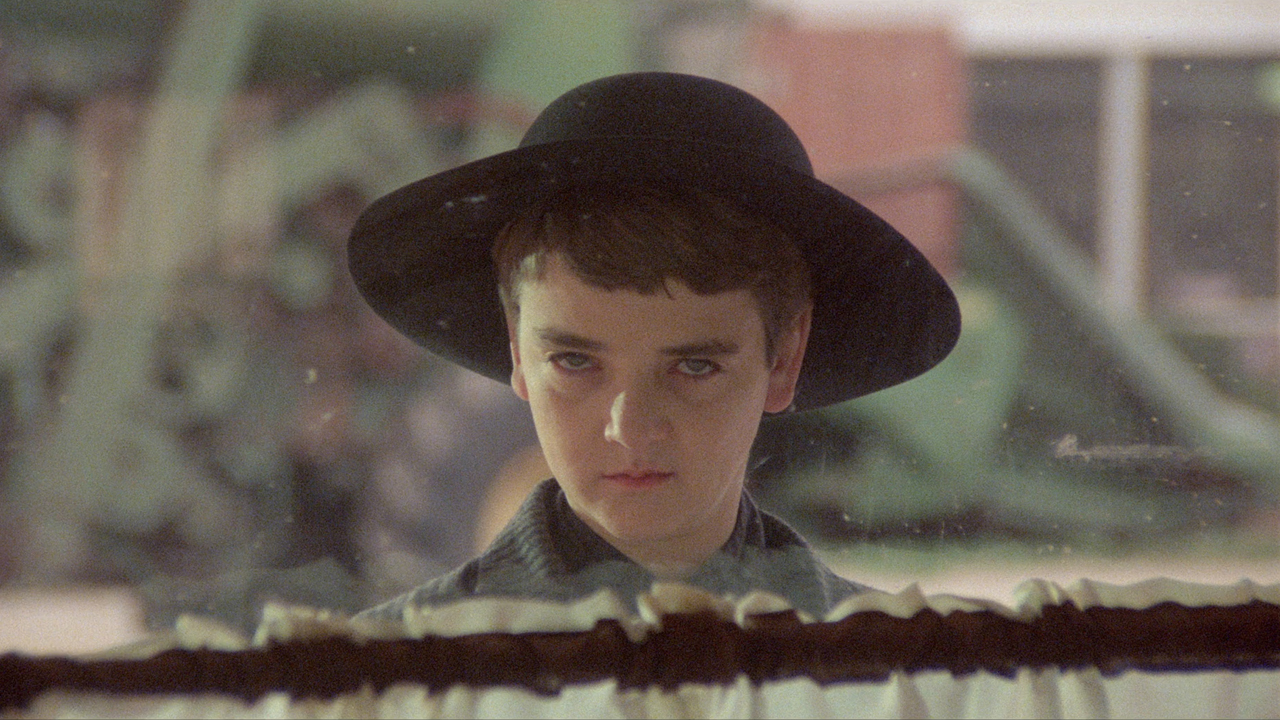
How To Watch Fritz Kiersch’s Children Of The Corn
I’m going to take a bold swing and guess that after reading this you’re not aching to immediately revisit Children Of The Corn, but if you do feel so inclined and want to forge your own opinion, the film is extremely easy to find online. As far as subscription services go, it’s currently on both Hulu and Amazon Prime, and you can also watch it for free on Tubi or PlutoTV. It’s available to rent or purchase digitally from all major outlets, and if you’re looking to add it to your Blu-ray collection, you’re going to want to pick up the Special Edition released by Arrow Films.
Coming up next week, things are going to be getting a bit heated as Adapting Stephen King will be re-examining Mark L. Lester’s Firestarter starring Drew Barrymore, David Keith, Martin Sheen, and George C. Scott. Look for it next Wednesday, and between now and then you can peruse previous installments of this column by clicking on the banners below.







Eric Eisenberg is the Assistant Managing Editor at CinemaBlend. After graduating Boston University and earning a bachelor’s degree in journalism, he took a part-time job as a staff writer for CinemaBlend, and after six months was offered the opportunity to move to Los Angeles and take on a newly created West Coast Editor position. Over a decade later, he's continuing to advance his interests and expertise. In addition to conducting filmmaker interviews and contributing to the news and feature content of the site, Eric also oversees the Movie Reviews section, writes the the weekend box office report (published Sundays), and is the site's resident Stephen King expert. He has two King-related columns.

